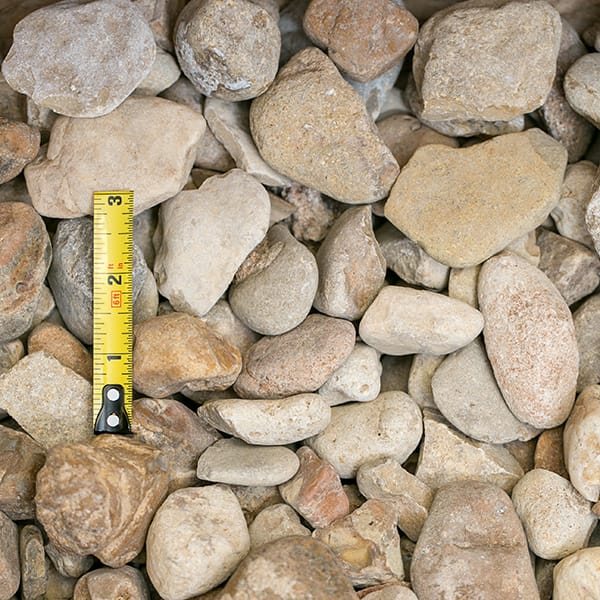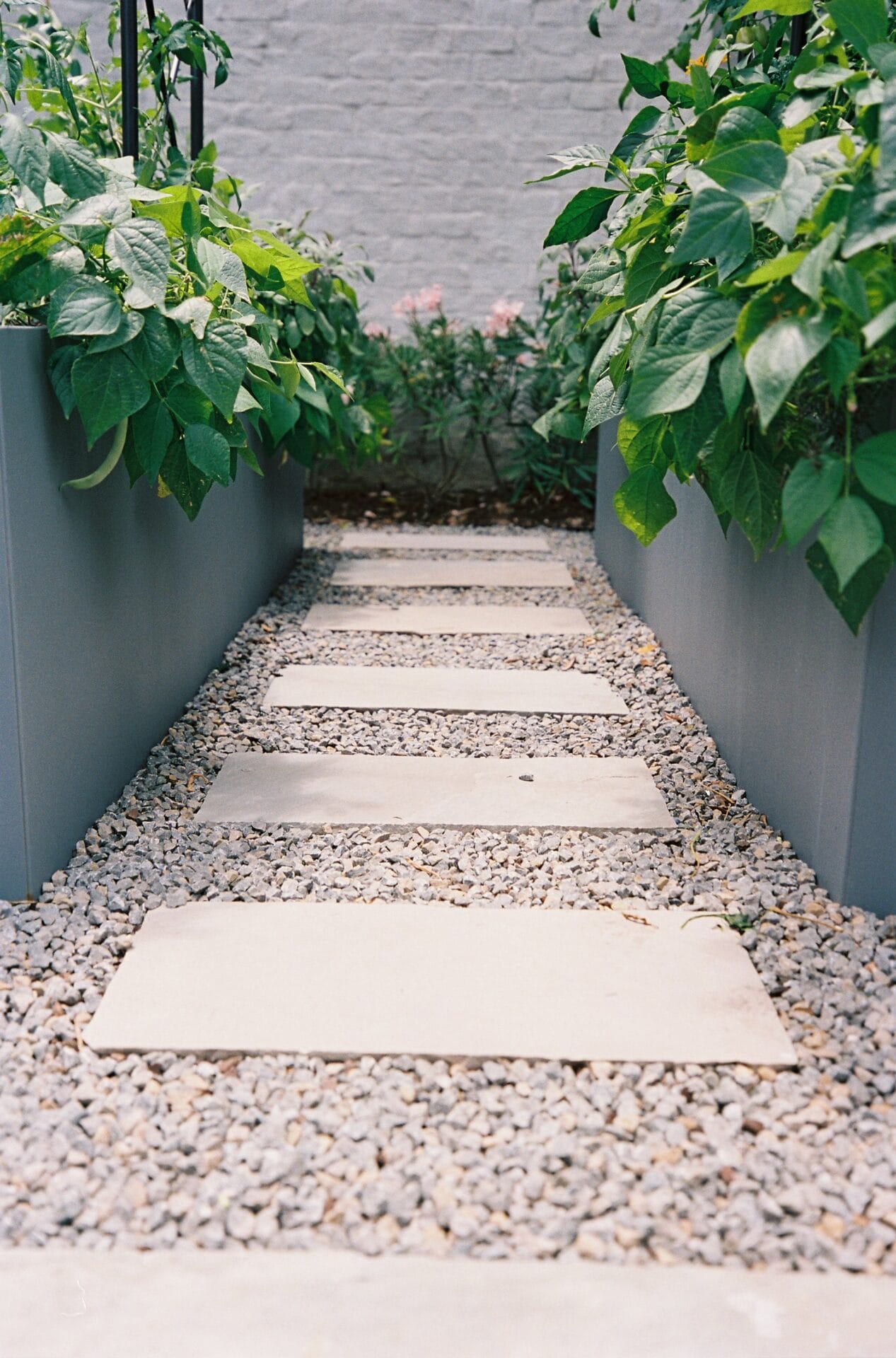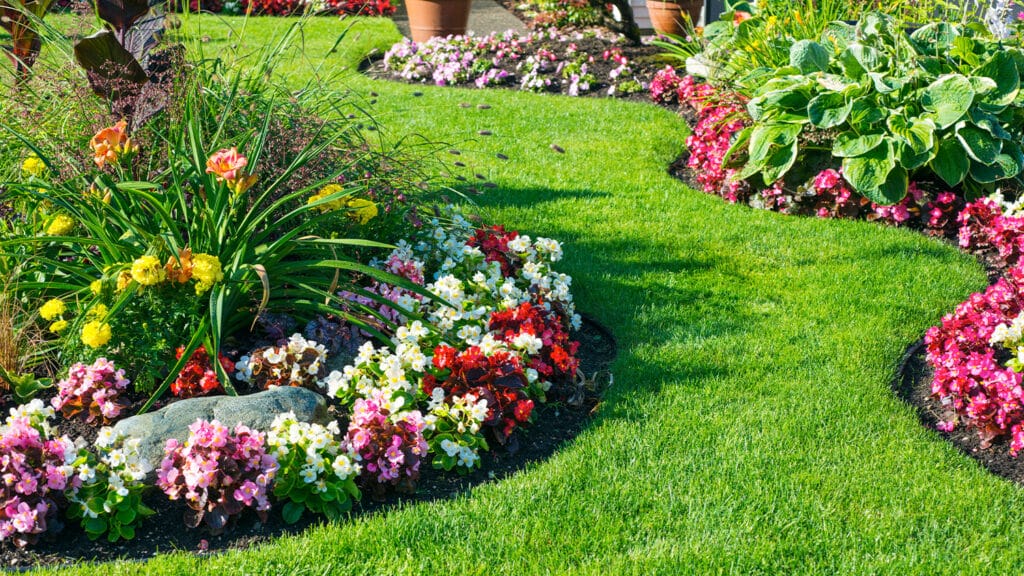How to Choose the Right Plants for Your Landscaping Design in Lakeway
By Innovation Grounds
Creating a stunning landscaping design in Lakeway begins with selecting the right plants. With its unique climate and terrain, Lakeway offers an array of opportunities to design a landscape that is both beautiful and sustainable. The key is choosing plants that thrive in the region’s conditions while aligning with your aesthetic and functional goals. Here’s a guide to help you make the best choices for your landscaping project.
1. Understand Lakeway’s Climate and Soil Conditions
Lakeway’s climate is characterized by hot summers, mild winters, and occasional droughts. This makes it essential to select plants that are:
Drought-tolerant: To minimize water use during dry spells.
Heat-resistant: Capable of withstanding high summer temperatures.
Compatible with local soil: Many areas in Lakeway have rocky or clay soils, so plants should be suited to these conditions.
Testing your soil’s pH and texture will help determine which plants will thrive in your yard.

2. Prioritize Native Plants
Native plants are adapted to Lakeway’s environment, making them an excellent choice for low-maintenance landscaping. Some popular native plants include:
Texas Sage: A hardy shrub with vibrant purple blooms that attract pollinators.
Cedar Elm: A drought-tolerant tree that provides shade and structure.
Blackfoot Daisy: A charming ground cover with white flowers that bloom throughout the year.
Incorporating native plants reduces the need for excessive watering and fertilizers while supporting local wildlife.


3. Consider the Purpose of Your Landscape
Think about how you intend to use your outdoor space. Different plants serve various purposes, such as:
Shade trees: Live Oaks or Desert Willows provide cooling shade for seating areas.
Privacy hedges: Plants like Viburnum or Wax Myrtle create natural barriers.
Colorful accents: Perennials such as Lantana or Turk’s Cap add pops of color to your design.
Defining the purpose of each area in your yard will guide your plant selection process.


4. Group Plants with Similar Needs
Grouping plants with similar water, light, and soil requirements simplifies maintenance and promotes healthy growth. This technique, known as “hydrozoning,” ensures efficient irrigation and reduces the risk of over- or under-watering.
For example, you might:
Plant succulents like Agave and Yucca together in sunny, well-drained areas.
Create a shady oasis with ferns and hostas under a tree canopy.
Design a vibrant pollinator garden with sun-loving flowers like Coneflowers and Salvias.


5. Plan for Year-Round Appeal
To keep your landscape visually appealing throughout the year, choose a mix of plants that bloom or change color in different seasons. For instance:
Spring: Bluebonnets and Indian Paintbrushes provide seasonal bursts of color.
Summer: Crape Myrtles and Zinnias thrive in the heat.
Fall: Autumn Sage and ornamental grasses add warm hues.
Winter: Evergreens like Juniper or Holly ensure greenery even in colder months.
A diverse plant selection ensures your yard remains vibrant and interesting all year long.


6. Factor in Maintenance Requirements
Consider how much time and effort you’re willing to invest in maintaining your landscape. If you prefer low-maintenance options, prioritize:
Perennials over annuals to avoid frequent replanting.
Drought-resistant plants to reduce irrigation needs.
Slow-growing shrubs and trees that require less pruning.
For a low-effort design, choose plants like Texas Mountain Laurel or Red Yucca that thrive with minimal care


7. Incorporate Hardscaping for Balance
To complement your plant choices, integrate hardscaping elements like:
Stone pathways: Guide visitors through your garden.
Mulch or gravel beds: Suppress weeds and retain soil moisture.
Raised planters: Add structure and create distinct planting zones.
Balancing greenery with these features enhances both functionality and aesthetics.


8. Seek Professional Guidance
If you’re unsure about plant selection or design, consulting with a local landscaping expert can save time and effort. Professionals understand Lakeway’s specific challenges and can recommend plants that align with your vision and the environment.


Conclusion
Choosing the right plants for your landscaping design in Lakeway is a rewarding process that combines creativity and practicality. By considering the climate, soil, and purpose of your space, you can create a stunning yard that thrives in the region’s conditions. Whether you opt for vibrant native flowers or elegant shade trees, the right choices will enhance your home’s beauty and functionality for years to come. Start planning your dream landscape today and transform your outdoor space into a Lakeway oasis!




